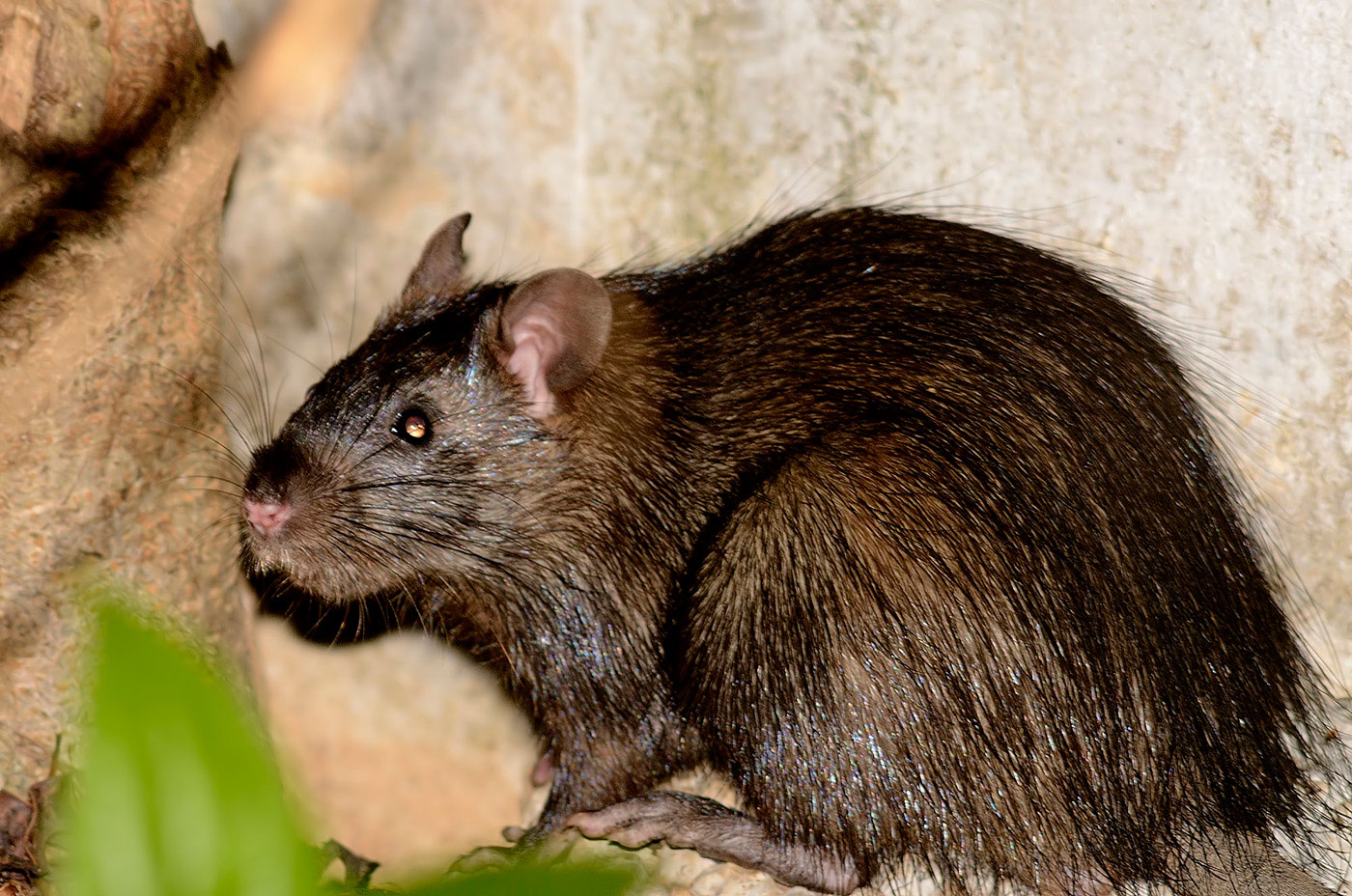Bandicota
Bandicota bengalensis
The Bandikutratten ( Bandicota ) are a genus of very large, rat -like rodents of southern and eastern Asia. Because of its grave end of life, they are also known as "mole rat " known; However, this name is also applied to numerous other rodents.
Bandikutratten may not be with Bandikuts ( bandicoots ), a group of marsupials, confused. Originally, however, the Bandikutratten were called Bandikuts and then named the animals now called the Bandikuts later after those.
There are three types:
- The Great or True Bandikutratte ( Bandicota indica) is widely used in South and Southeast Asia, on some islands, such as Java or Taiwan the type has been introduced.
- The Small Bandikutratte, also Indian mole rat or Indian Pestratte called ( Bandicota bengalensis ) lives on the Indian subcontinent and Myanmar. In some places in Southeast Asia, the species has been introduced.
- The Savile Bandikutratte ( Bandicota savilei ) inhabits the northern Southeast Asia.
The Small Bandikutratte is sometimes placed in a separate genus Gunomys. The very extensive areas of distribution of the first two species were probably due to the binding of the animals into existence synanthropic to man.
With a body length of up to 36 centimeters and 28 centimeters cock the Great Bandikutratte is significantly greater than a brown rat. The weight is on average 550 grams, but can reach one and a half kilograms in extreme cases. The Small Bandikutratte is 20 centimeters plus 15 centimeters cock significantly smaller. In color, hair length and hair texture, there is a great variability in both species. There are gray, brown and almost black animals, just as there are Bandikutratten with soft and those with bristly fur.
The original habitat of the Bandikutratten is Tropical Rainforest. However, the Large and Small Bandikutratte are followed synanthropic the people in villages and towns. They dig a burrow, which have multiple inputs, which are identifiable by mole -like hills. They range up to 60 cm deep and include a plurality of chambers which serve the propagation and storage of food. The burrows are often applied in rice fields where the animals are then often move by swimming. But they are also found in Indian cities along roads and in backyards.
The Small Bandikutratte considered as carriers of the plague. Both she and the Great Bandikutratte are feared in the cities of their range as pests and obtain location-wise a similar meaning as the black rat and the brown rat. According to IUCN, none of the species is threatened.


_1.jpg)
.jpg)




